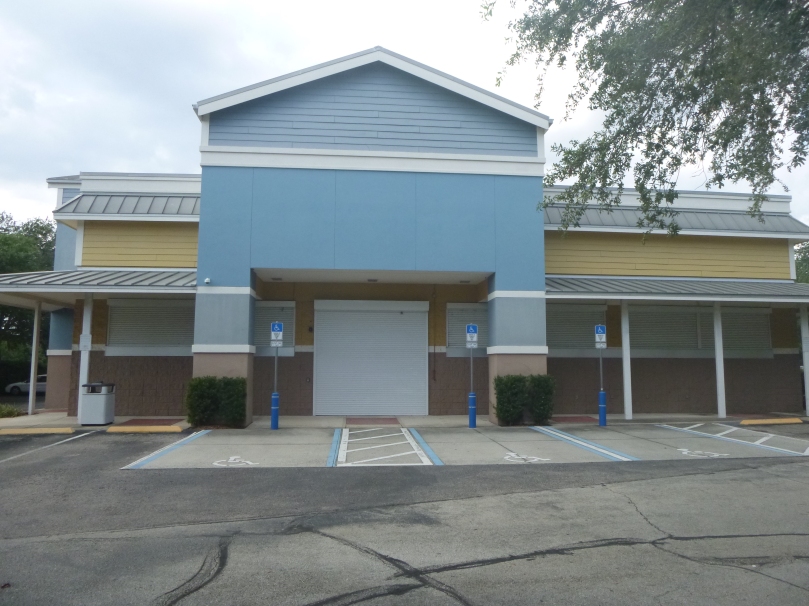
The Panasonic Lumix DMC-TS20 (hereafter referred to as the TS20) is a camera that was introduced in 2012, some twelve years ago. I purchased two copies, one for my wife, and a second as a backup in case my beloved managed to destroy the first copy. My beloved is hell on technology, but I digress…
We used the cameras on a road trip up to Toronto the same year I’d bought the cameras. We’d purchased a pair of 2012 Toyota Priuses, one black and one white. The white one was mine and that was the one we took on the Canadian road trip. The TS-20 worked marvelously, and I used mine when we took the Niagara Falls boat trip. I managed to pick up some interesting (for us) photos as we traveled right up into the mists at the bottom of the falls.
My wife used hers for a while until one day I put them into storage until we decided to take them out and use them for, whatever. Unfortunately we both forgot about them in the ensuing years. In late 2012 I had my first knee operation, then in 2013 I got laid off, and then I got another job that had lots of travel including my first overseas trip to Japan that December, and then events began to jumble together and I lost track of a lot of things, the cameras being a minor part of that. I guess the reason I blog is to document enough so that I can go back and be reminded of what I can no longer remember…
What’s interesting about this camera is its sensor, a 1/2.33″ CCD 16MP sensor with IBIS. Keep in mind that when this camera came out Panasonic was working with Olympus on the micro four thirds standard, so I suspect that some of that in-house expertise spilled over into other cameras that Panasonic was still making at the time. But not with the sensor. The micro four thirds cameras all used CMOS. It was only the earliest prior four thirds cameras that used CCD sensors, such as the Olympus E-1.
When I found the cameras, of course I couldn’t find the chargers. That would have been too logical for me to store the chargers with the cameras. I looked everywhere, but in the end wound up buying a pair of Wasabi Power chargers, along with a pair of Wasabi Power BTR-BCK7-JWP batteries. What is surprising is that the Wasabi battery at 1100 mAh has nearly double the energy capacity of the Panasonic’s 680 mAh capacity. I did manage to charge both the original Panasonic batteries as well as the Wasabi batteries, which provides me with plenty of extras for when I go out and use this very-old-but-new-to-me-again camera.
Using the TS20 is a lot like using a cell phone these days for taking photos. You hold it up to compose on the rear screen, then press the shutter on the top edge, and then you’re done. For example:


Open up either of those photos, taken in full Florida sun, and you’ll see grain galore in the shadows. So much detail is lost that if you enlarge the CVS photo and try to read the handicap signage, you can’t. But I don’t care. I like the colors and I like the camera, and as I’ve said so ofter all that matters now is enjoying the use of the camera and the results. And I do enjoy using this camera. If I want flesh-cutting sharpness I have more cameras and lenses than I can shake a stick at. It might be interesting to take the output of this camera and see if there’s an AI tool that can smooth the noise and upscale resolution so I could read the handicap signage.
The TS20 also calls out another problem with The Present, and that’s with our abandoning of cameras such as the TS20. I’ve often wondered what would such a camera be like with up-to-date sensors and electronics. Because I can tell you from my current perspective I’ve discovered I much prefer the handling of the Panasonic over the Apple. Oh well…

You must be logged in to post a comment.